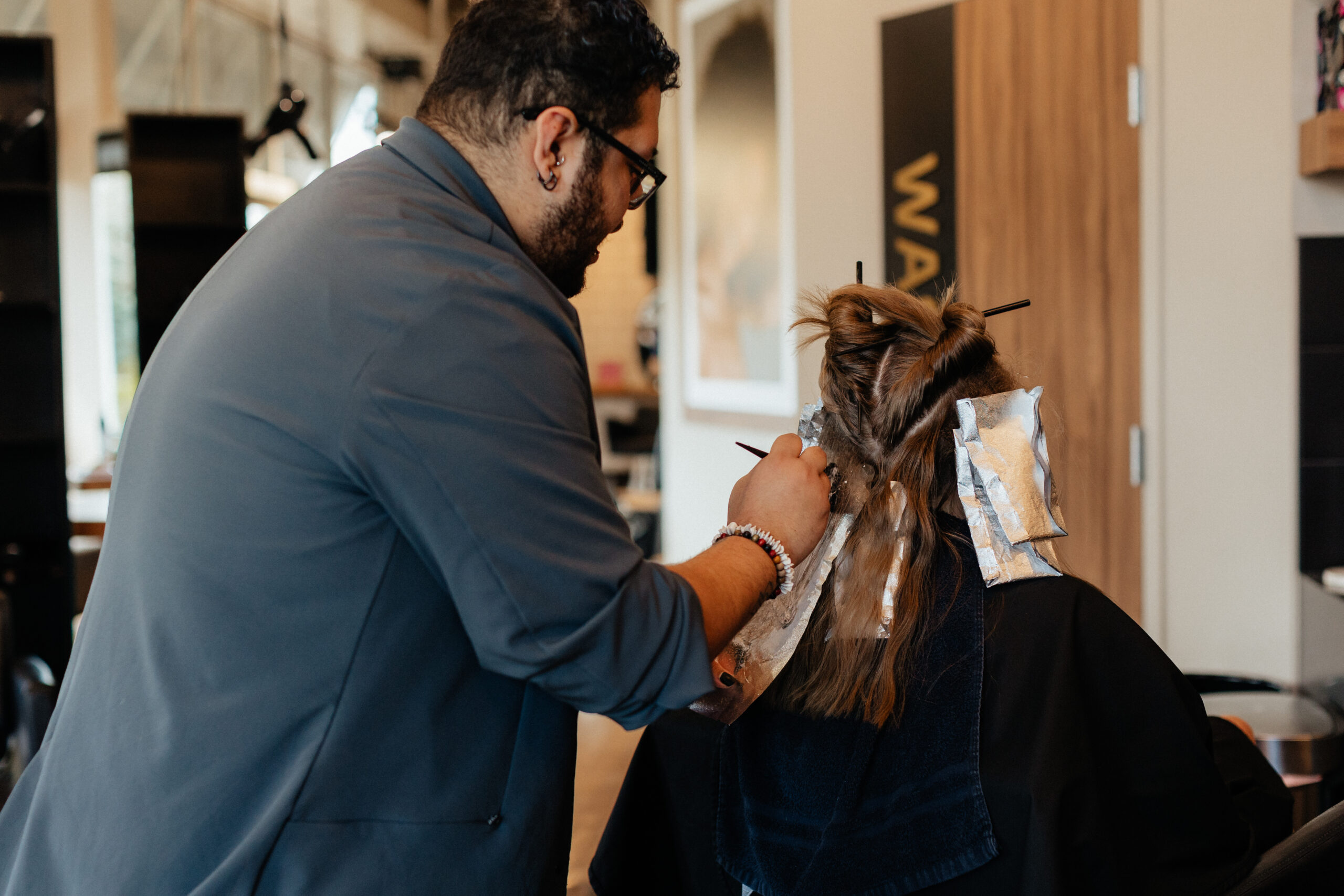The pricing comparison dilemma
The most common method used in the beauty industry when trying to decide how much to charge is a comparison with other salons, which is odd when you think about the diversity and individualism of salons and stylists. Yet almost every owner has checked the competition and used that as a metric to influence their pricing, often regardless of whether it means profit or loss. In too many salons, it means loss.
A recent webinar hosted by Modern Salon magazine, brought three top business owners together to explore the thorny issue of pricing, recognizing the value of pricing personal to each business while ensuring every service has a profit.
The panelists talking with Modern’s director of content strategy, Anne Moratto, were Paula Peralta, LA educator, host of the Paula Peralta Show and owner of By Paula Peralta; Joshua Lucero, owner of Salt Lake City-based Lucero Hair and Wellness, and Allyson King, business consultant and owner of Hair & Co BKLYN in Brooklyn.
Paula captured the zeitgeist immediately. “Pricing is personal, but the thing about pricing is, it’s not actually about you, it’s about your business,” she told Anne. “Pricing is not a reflection of you.”


A data-driven decision
The challenge for many is recognizing that their own value is tightly bound up with how much they charge. But number-crunching using data makes it easier to stay objective. Allyson’s go-to for identifying costs and pricing is Vish.
”Vish is the one technology that will tell me exactly how much money I make directly from using the technology,” she said. “It gives me really great data.”
Even if you don’t have Vish, which captures exact data on the cost of product dispensed, any overages, and shows how much was paid for each service, there are some primitive alternatives. Using the pen and paper approach, noting down costs and comparing them to income will give insights that will influence charging. But don’t be fooled by your gross income.
”We talk about gross revenue, but remember it's gross because you don't get to keep it. It’s not actually your money,” said Joshua. “A mentor of mine years ago said whatever’s measured improves. So don't be afraid of your numbers.”
Charging your full value
From clarity comes opportunity, allowing you to step away from what you think you are worth towards charging what you are actually worth. You can monitor the costs of goods, stylist capacity, consumer price indexes, and the profitability of each service. This level of data takes the emotion out of charging and reduces the temptation to discount, which ultimately leads to a more profitable business.
“The minute someone walks into your business they are acknowledging you can do something they can’t. That immediately has a value attached to it,” said Paula.
To get more insights from this captivating conversation, watch the on-demand video on Salon Today here.
